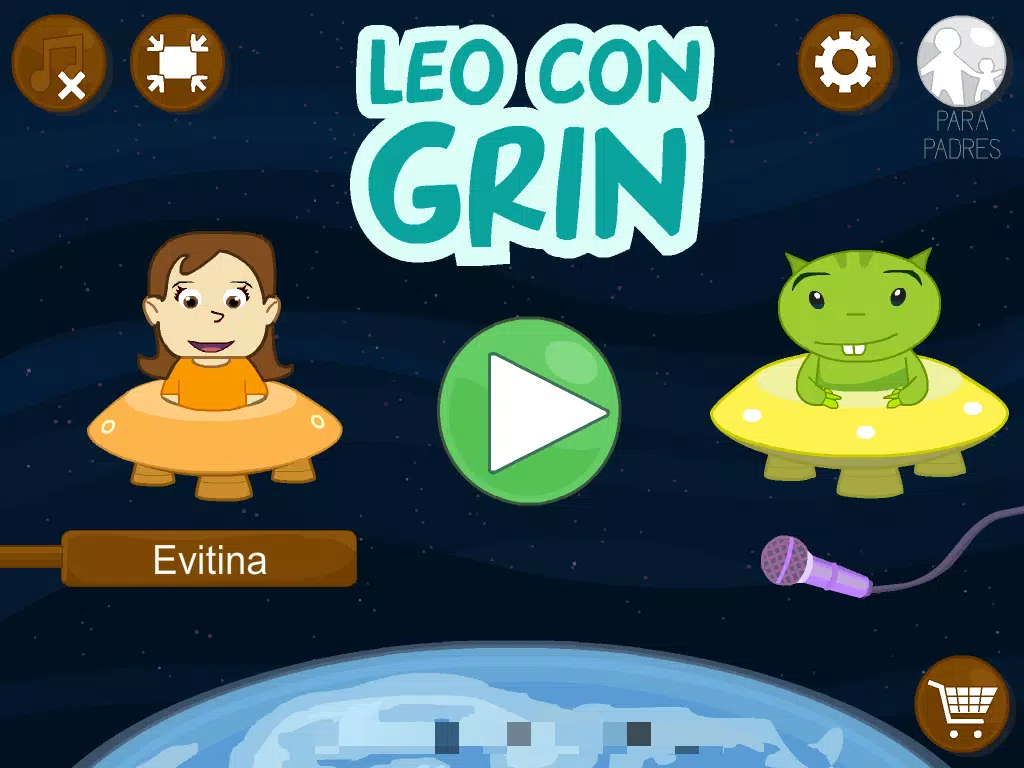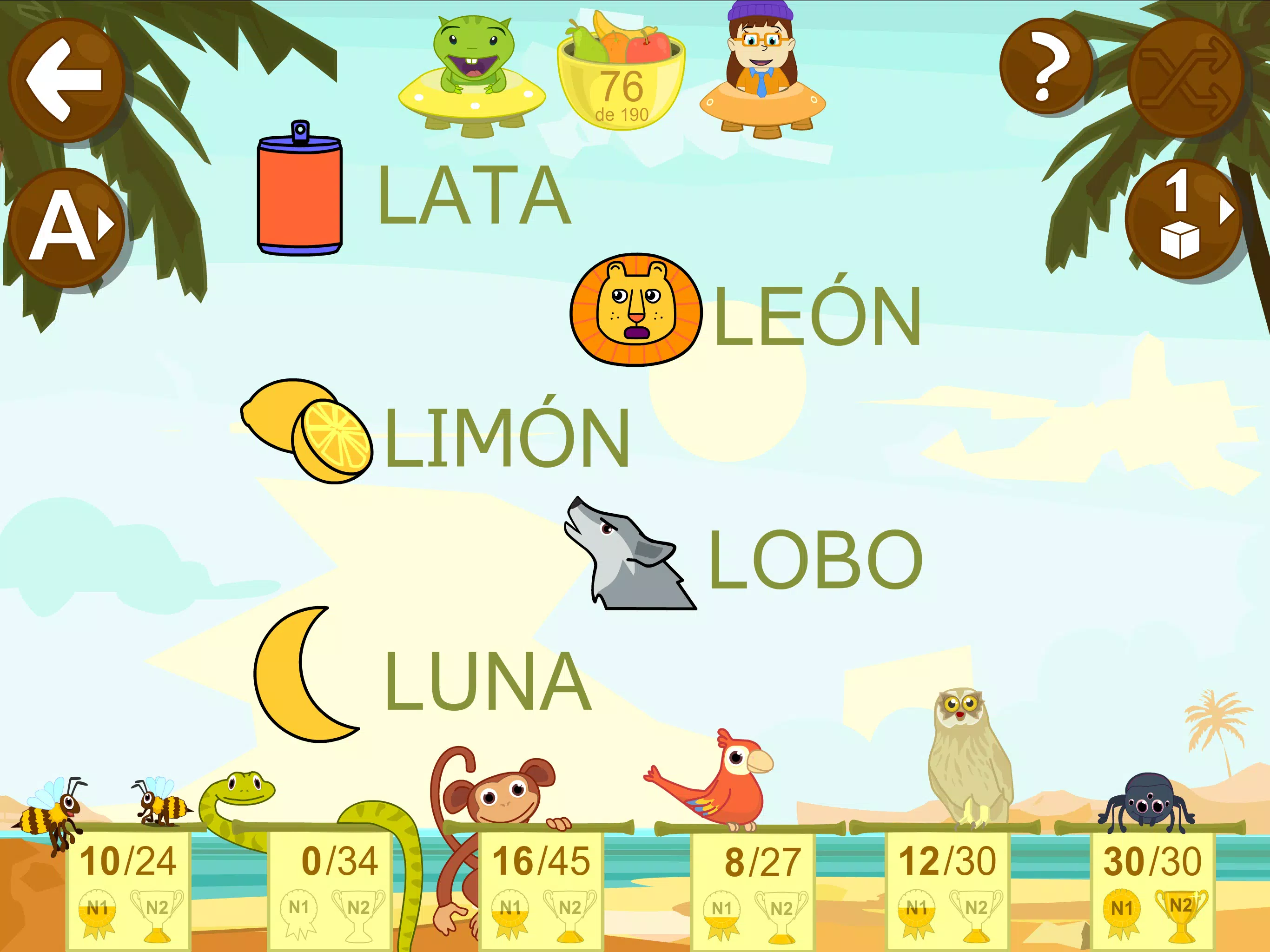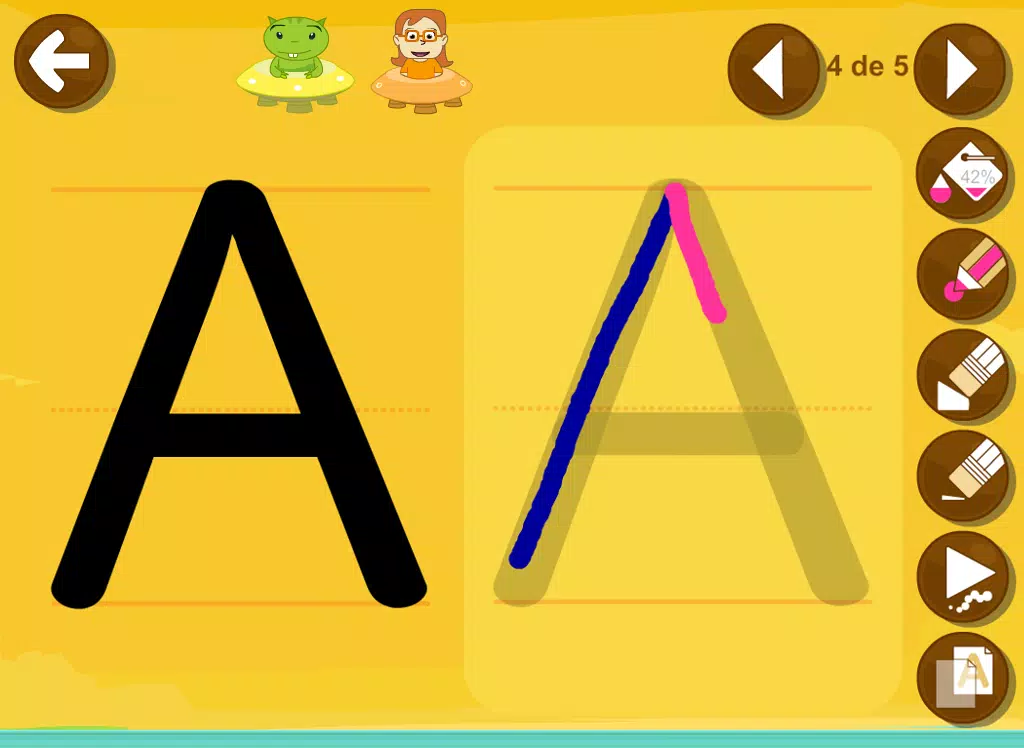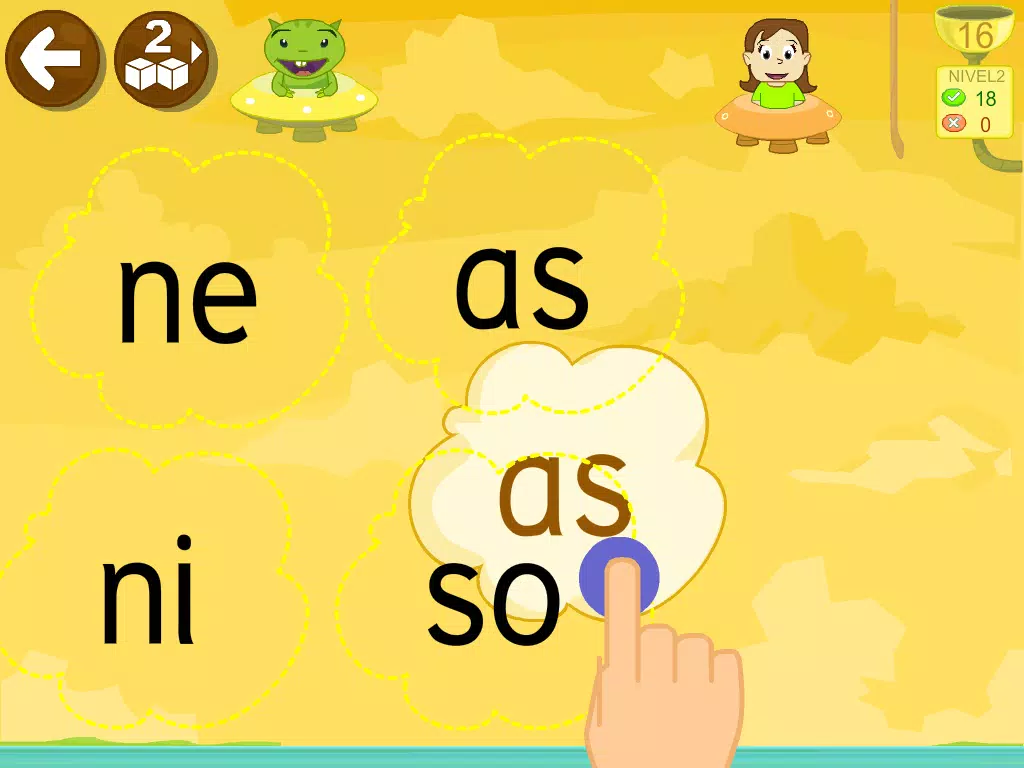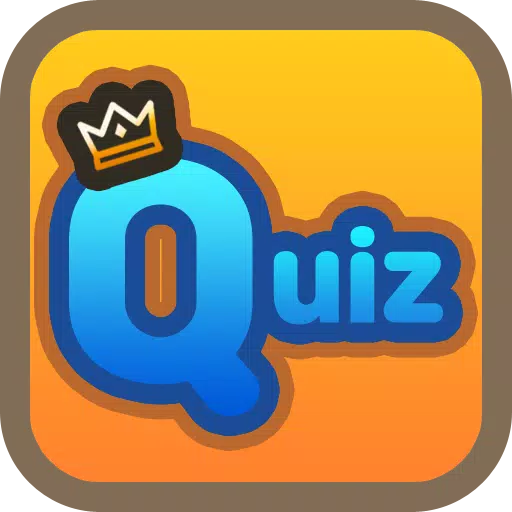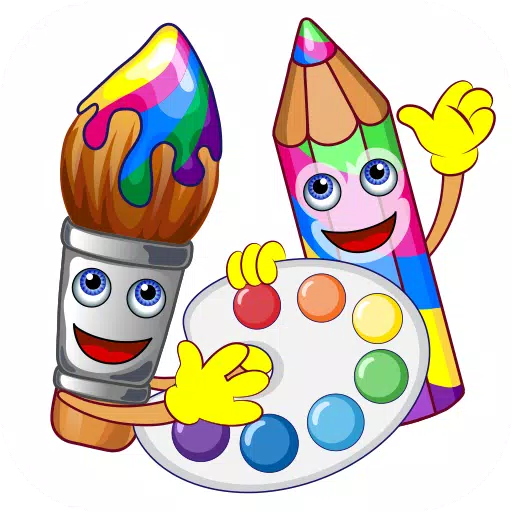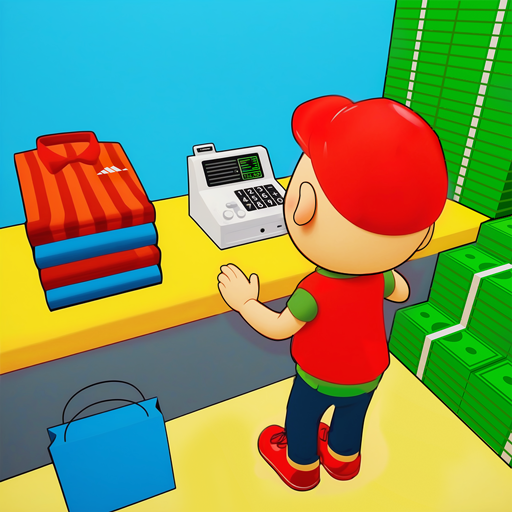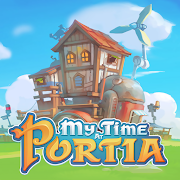Learning to read Spanish is a fundamental skill that sets the stage for academic success and future achievements. It's crucial for children as young as preschoolers and those in the early years of elementary school, as reading forms the foundation of their educational journey and beyond into adulthood.
Today's children, often referred to as digital natives, have a natural affinity for computers and tablets. We can leverage this inclination to reinforce or enhance the skills they are developing at school.
Method
Our method for learning to read Spanish using phonics is tailored for children aged 3 to 6 or 7, and can also benefit adults looking to improve their pronunciation. The program is structured into a section for tracing letters and 30 lessons that begin with vowels and progress through the consonants and digraphs in the following order: L, M, S, T, P, N, D, F, H, C, Q, CH, G, GUE, R, -rr-, -R, B, V, G, J, GE, GUE, Y, Z, CE, LL, X, K.
Each lesson features 11 engaging games, each offered at two different difficulty levels, making it an excellent tool for parents and educators to help children practice forming their first syllables and words in Spanish. Encourage your child to listen and engage with the exercises; full comprehension isn't necessary at this stage.
Reading acquisition is a gradual process that might span over a year. We recommend daily practice sessions of a few minutes, occasionally revisiting previously learned material, and always adjusting the type and difficulty of the exercises to maintain a playful learning environment.
Levels
All games are designed with two adjustable difficulty levels, allowing children to progress at their own pace. You can pause and resume games at any time. Successful completion of games rewards children with virtual fruits, adding an element of fun to the learning process.
The first level is suitable for three-year-olds and, with assistance, even younger children. At this stage, games can be solved with the aid of instructions. The second level is more challenging, and while we encourage children to attempt it independently, it's crucial to keep the learning experience enjoyable.
As a parent or guardian, ensure the difficulty level matches your child's abilities, and avoid pressuring them to rush through levels or advance prematurely.
Abilities
Our program enhances the following key abilities:
- Visual and auditory memorization
- Identification and association
- Discrimination
- Understanding
- Literacy
Options
On the home screen, you can:
- Enable or disable background music
- Switch to full-screen mode
Within the Tikis menus, you have additional options to:
- Change the font to uppercase, lowercase, or cursive handwriting
- Enable or disable automatic activity switching after a set number of exercises
- Shuffle the syllables for varied practice
Achievements
You can set up to three profiles for different children, tracking each child's progress, correct and incorrect answers, and their overall performance represented as a percentage through a fun fruit-based system. Collecting fruits in the basket allows children to 'feed' little aliens, adding an interactive element to their achievements.
For a detailed overview of progress, simply press the reports button on the Tikis screen.
Games
**New** **The Alphabet:**
Children can listen to and learn how to write each letter of the alphabet, syllables, and some words in various modes, including trace, copy, and free mode. Choose from three different types of letters: uppercase, lowercase, and handwriting.
For each lesson, you'll find 11 engaging games:
- Dolphin: Introduction to the word and its components.
- Balloons: Identifying letters within syllables.
- Clouds: Tracing the shape of each syllable.
- Crabs: Forming syllables from individual letters.
- Butterflies: Recognizing syllables.
- Bees: Identifying the initial syllable of words.
- Snake: Constructing words using syllables.
- Monkeys: Building words from letters.
- Parrots: Recognizing and reading words.
- Mouse: Understanding the order of words and reading sentences.
- Snails: Forming sentences from words.
For any feedback or technical inquiries, please reach out to us at [email protected].


 Download
Download